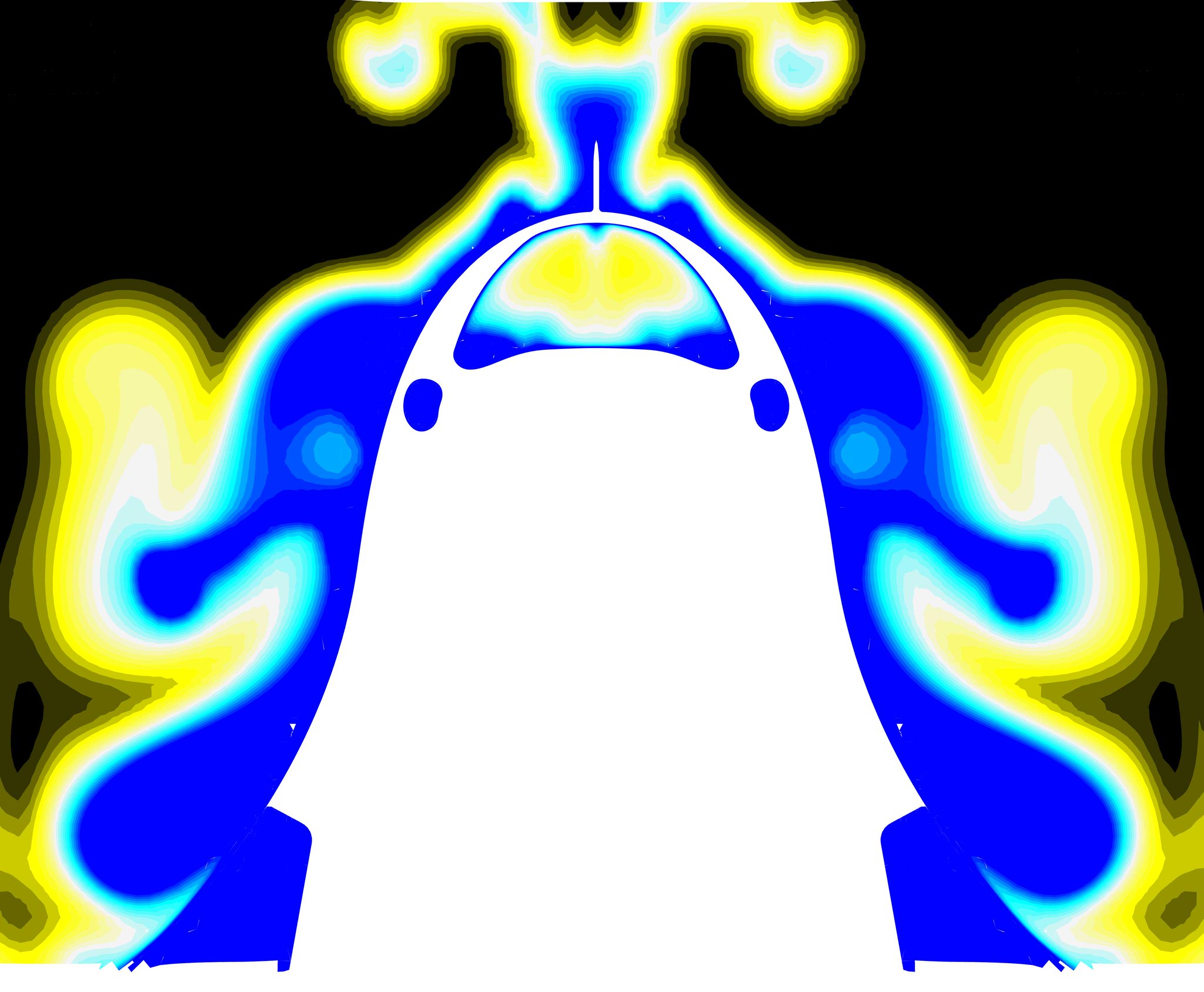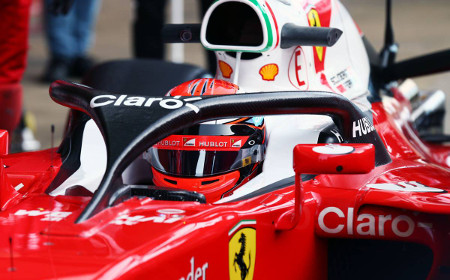Richard Baxter: With Halo on the agenda, how dangerous is Formula One really?


Sauber’s release of the aerodynamic effect of the original Halo safety concept on air flow around a Formula One car.
It is a sport all about going as quickly as possible, often with inches between your car and another. There has been much debate recently about the now-dropped Halo head protection concept. But how dangerous really is F1 compared to other forms of motorsport? And is the Halo concept really needed?
We see endlessly how safe modern Formula One cars are; Fernando Alonso’s huge crash in Australia at the start of the 2016 season showed us exactly that. The FIA had planned to introduce the new Halo concept from 2017 but has since decided not to do this after mixed feelings from drivers, teams and fans.
Some have said it is ugly, with the purists saying F1 should always be open cockpit racing – where as others have praised it and given examples of where it could have prevented fatal injury.
Last year Jules Bianchi tragically succumbed to the injuries he sustained during the 2014 Japanese Grand Prix. Rules have since been changed regarding the use of the safety car, including the introduction of the virtual safety car to ensure a similar accident doesn’t happen again.
Looking at the wreckage form his vehicle though, I believe it is likely the Halo wouldn’t have made a difference in this instance.
The last people to actually die on a race weekend were Ayrton Senna and Roland Ratzenberger, who both suffered fatal crashed at the San Marino Grand Prix in 1994.
There is no doubt that safety has greatly improved since then and Formula One has continuously taken steps forward.
In contrast this year alone, four people died while competing on just one stage of the Isle of Man TT. A further three died in 2015, and another five the year before that. The Isle of Man TT is effectively a street circuit. If you make a mistake you are in the wall and you’re out. The risks involved are clearly a lot higher, but this seems widely accepted among riders and fans.
In further contrast, last year Justin Wilson was struck by debris from a single car crash and died while. That was racing in Indy Car, while Dan Wheldon in 2011 hit his head on a fence post on the circuit, also resulting in his death. Arguably there is a case that both of these deaths could have been prevented with the use of the Halo.
Despite other forms of motorsport clearly being just as dangerous as Formula One, it seems the safety concerns at these events are no’t being looked at.
Safety always has to be a priority in any motorsport for both the spectators and competitors. While seeing a huge crash is exciting to watch, no one ever wants to watch death.
Formula One is often seen as the forefront of technology, and maybe the FIA are trying to use the worldwide image of the sport, to lead the way and boost safety in other motorsport forms.
It’s a noble quest – but questions remain over whether it’s the right one.
♦ Richard Baxter is a member of the NRF1 Podcast crew. Follow Richard on Twitter @bax_kid


